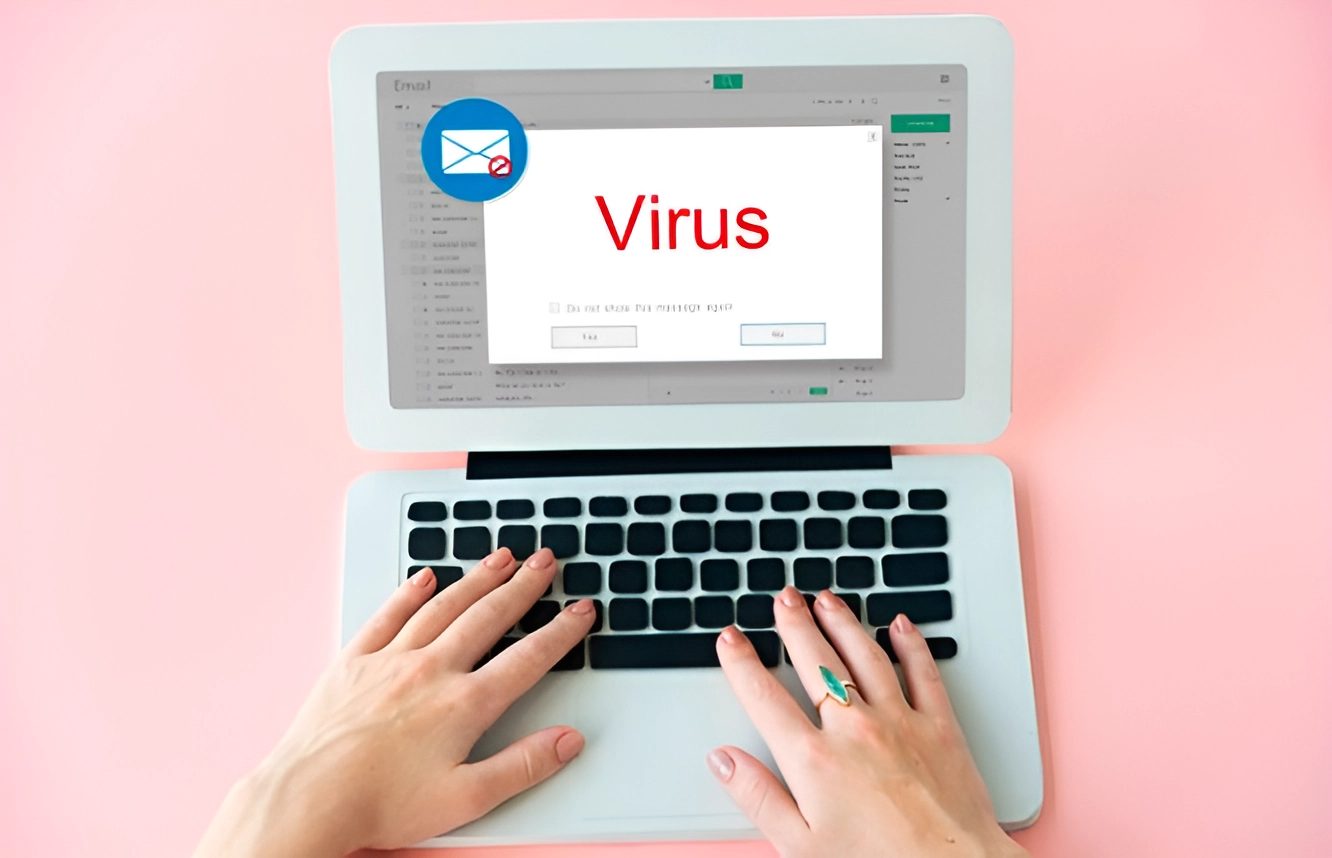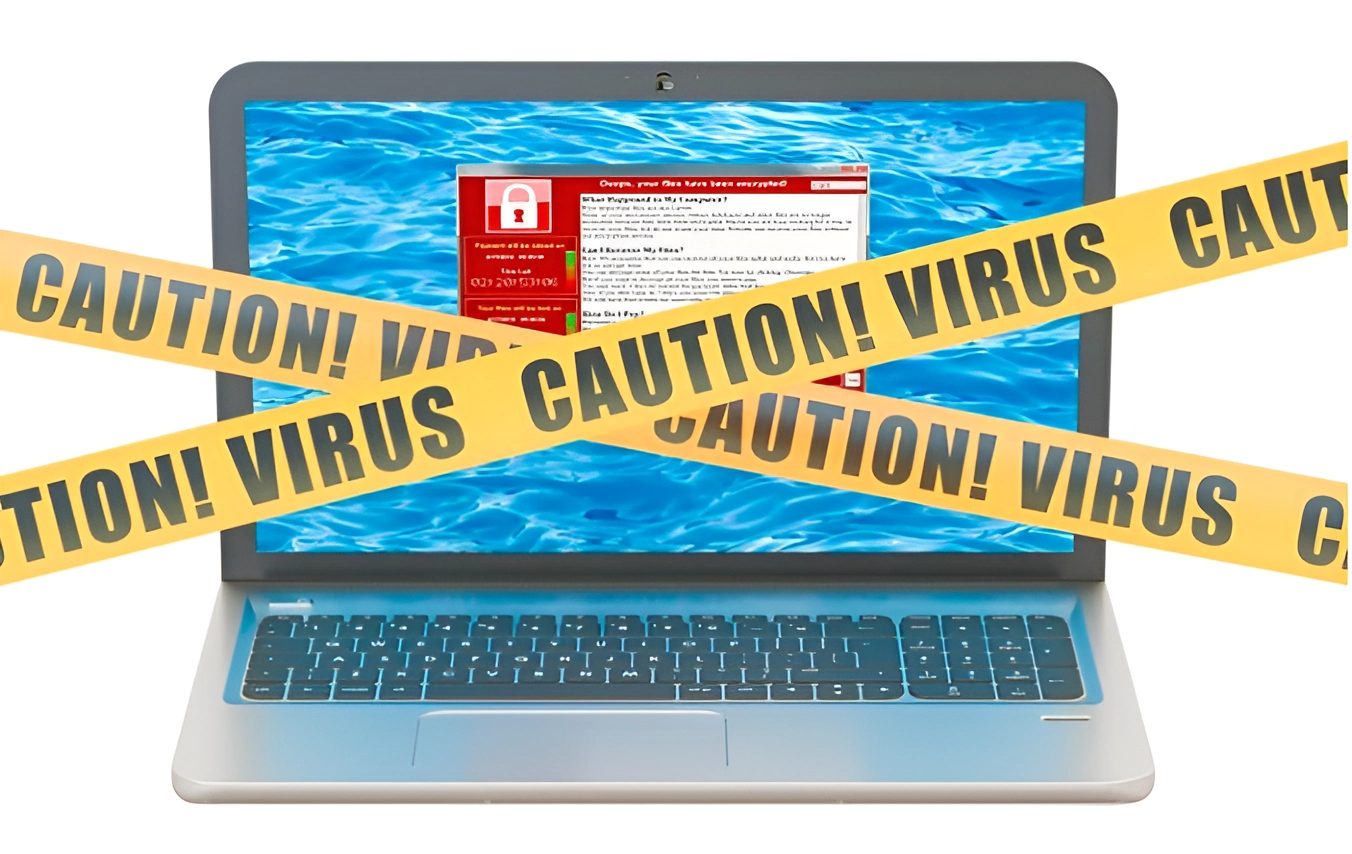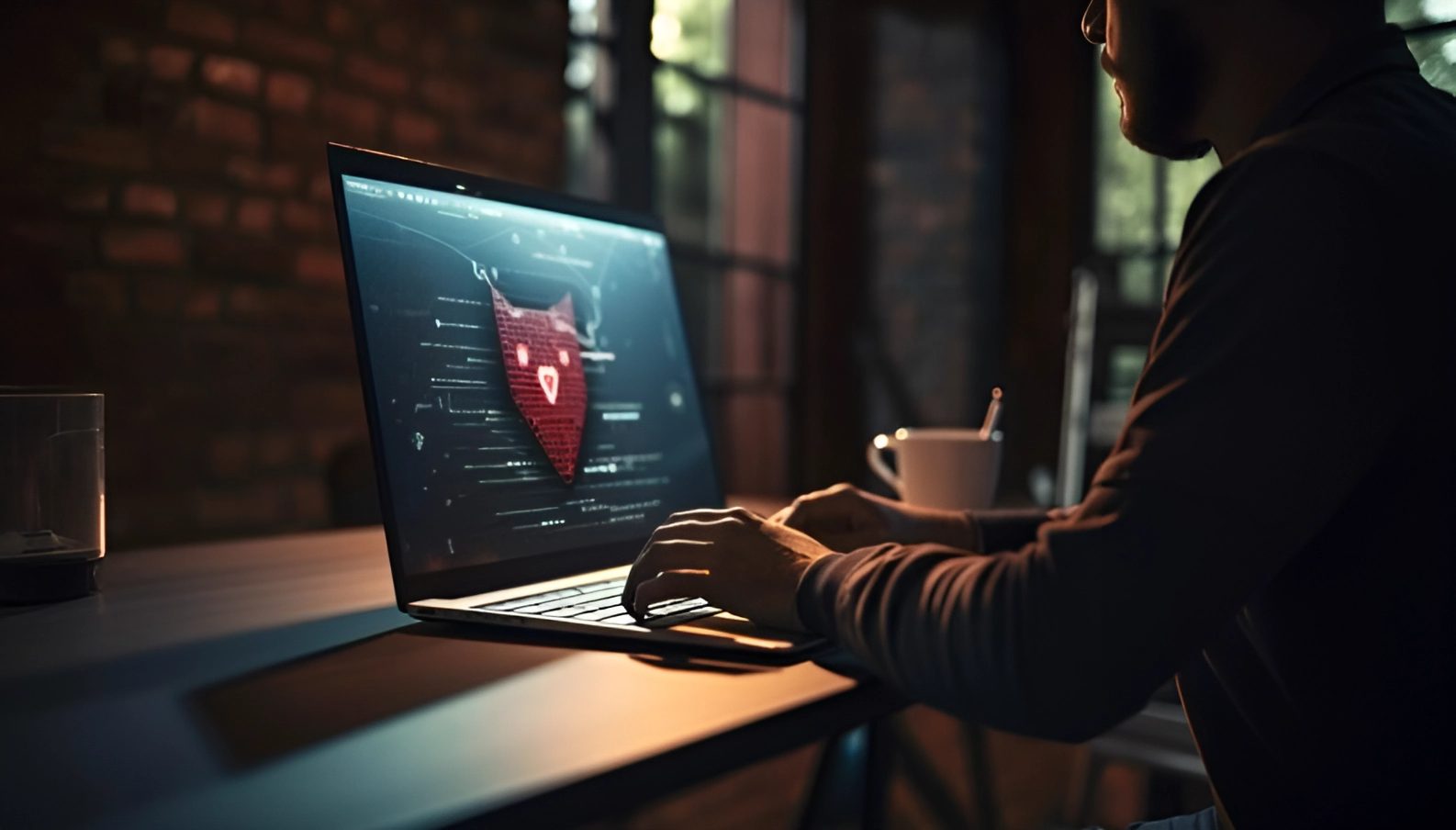Are you aware of the sinister evolution of cyber threats lurking in the digital realm? One such malevolent entity making waves is the WebCord virus. This stealthy predator preys on unsuspecting victims, wreaking havoc on their computers and personal data.
Buckle up as we delve into the dark underworld of cyber warfare to unravel the mysteries surrounding this notorious WebCord virus. Stay informed, stay protected!
Understanding the WebCord Virus

The WebCord virus is a sophisticated form of malware that infiltrates computer systems with malicious intent. It operates under the radar, often evading detection by traditional antivirus software. This insidious program can compromise sensitive information, such as passwords, financial data, and personal files.
Unlike run-of-the-mill viruses, WebCord is designed to be elusive and persistent in its attack strategies. Once it gains access to a system, it can replicate itself and spread rapidly across networks, causing widespread damage.
This stealthy nature makes WebCord a significant threat to individuals and organizations alike. Its ability to evade detection for extended periods allows it to gather valuable data covertly before unleashing its destructive capabilities.
Understanding the intricacies of the WebCord virus is crucial in defending against potential cyber threats. Stay vigilant and informed to protect yourself from falling victim to this digital menace!
Symptoms and Impact of Infection
The WebCord virus can wreak havoc on your computer, causing various symptoms that signal infection. Users may notice their system running slower than usual, with programs taking longer to open or crashing unexpectedly. Pop-up ads and redirects to unfamiliar websites may also become common while browsing the internet.
Apart from these frustrating disruptions, the impact of a WebCord infection extends beyond just technical inconveniences. Personal information stored on your device could be at risk as the virus is designed to collect sensitive data such as login credentials, credit card details, and other confidential information. This puts you at risk of identity theft and financial loss.
Furthermore, infected devices may unknowingly become part of botnets used for malicious activities like DDoS attacks or spreading malware to others online. The repercussions of falling victim to the WebCord virus can be far-reaching and detrimental if not addressed promptly and effectively.
How WebCord Infects Your Computer

WebCord, like a stealthy predator lurking in the shadows of the web, infects your computer with cunning precision. It doesn’t come knocking at your digital door with a loud bang; instead, it sneaks in through vulnerabilities in your system’s defenses. Once inside, it begins its malicious dance of corruption and chaos.
Through deceptive links, infected email attachments, or compromised websites, WebCord finds its entry point into your device. Like a silent intruder slipping through an unlocked window, it infiltrates unnoticed until its presence is felt through erratic behavior and performance issues on your computer.
Once settled within the depths of your operating system, WebCord starts to replicate itself like a virus spreading through a host organism. It can hijack sensitive information, disrupt essential functions, and even render your device unusable if left unchecked.
Awareness and vigilance are key in combating this insidious threat. Regularly updating security software, avoiding suspicious links or downloads, and practicing safe browsing habits can help fortify your defenses against the elusive tactics of WebCord.
Detection and Analysis of WebCord

Cybersecurity experts employ sophisticated tools and techniques when it comes to detecting and analyzing the WebCord virus. By examining the code structure and behavior of the malware, they can identify unique signatures that distinguish it from other types of threats.
One common method used for detection is through antivirus software that constantly scans files on a computer for any suspicious patterns or activities associated with known viruses like WebCord. Additionally, network traffic analysis can reveal unusual communication patterns indicative of an infection attempt by this malicious software.
Once detected, analysts delve deeper into understanding how WebCord operates within a system. This involves reverse engineering the virus to uncover its functionalities and potential vulnerabilities it may exploit. Advanced sandbox environments are often utilized to observe the malware’s behavior in a controlled setting without risking further damage to real systems.
Continuous monitoring and analysis are crucial in staying ahead of evolving cyber threats like WebCord. Through ongoing research and collaboration within the cybersecurity community, new insights into detection methods and mitigation strategies are constantly developed to combat these persistent dangers lurking in cyberspace.
Removal Instructions for WebCord

Now, let’s talk about how to remove the WebCord virus from your system. The first step is to disconnect your computer from the internet to prevent the infection from spreading further. Next, you must run a full scan using reputable antivirus software. This will help identify and quarantine any malicious files associated with WebCord.
After the scan is complete, follow the prompts provided by the antivirus program to remove the virus from your device safely. It’s crucial to ensure that all infected files are completely eradicated to prevent any chance of resurgence.
In some cases, manual removal may be necessary if the antivirus software is unable to eliminate the threat. Be cautious when attempting manual removal, and consider seeking professional help if needed.
Remember to regularly update your antivirus software and practice safe browsing habits to minimize the risk of future infections. Stay vigilant and proactive in protecting your digital assets against threats like WebCord.
Preventing Future Infections

As we navigate the digital landscape, we must stay vigilant and proactive in preventing future infections like the WebCord virus. One of the most effective ways to safeguard your system is by keeping your software current. Regularly installing updates and patches can help patch vulnerabilities that cybercriminals may exploit.
Another essential step is practicing safe browsing habits. Avoid clicking on suspicious links or downloading attachments from unknown sources. Be cautious when visiting unfamiliar websites, as they could harbor malware that can infect your device without you even realizing it.
Utilizing reputable antivirus software can act as an added defense against malicious threats like WebCord. These programs can detect and eliminate harmful software before it wreaks havoc on your computer. Additionally, implementing strong passwords and enabling two-factor authentication can fortify your defenses against cyber attacks.
Remember, staying informed about the latest cybersecurity trends and remaining diligent in your online activities are key factors in preventing future infections from threatening your digital security.
The Future of Cyber Threats Like WebCord

As technology continues to advance, so do the tactics of cyber threats like WebCord. With the increasing interconnectedness of devices and systems, hackers are finding new vulnerabilities to exploit. The future of cyber threats is moving towards more sophisticated and stealthy infiltration methods.
Cybercriminals are constantly evolving their strategies to stay ahead of security measures. They are leveraging artificial intelligence and machine learning algorithms to create more targeted attacks that can bypass traditional defenses. This means detecting and combating these threats will require a multi-layered approach combining advanced technology with human expertise.
Individuals and organizations must prioritize cybersecurity education and awareness as we look ahead. By staying informed about the latest trends in cyber threats and practicing good digital hygiene, we can better protect ourselves from potential attacks.
The future of cyber threats like WebCord will continue to challenge our cybersecurity efforts. We need to adapt and strengthen our defenses to mitigate these risks effectively.
Expert Opinions and Interviews

Cybersecurity experts have been closely monitoring the evolution of the WebCord virus, pointing out its sophisticated techniques and potential dangers to users. In recent interviews, leading researchers have expressed their concerns about the increasing prevalence of such advanced malware.
These experts emphasize the importance of staying vigilant against emerging threats like WebCord by continuously updating security measures and educating users on safe browsing practices. Their insights shed light on the intricate strategies employed by cybercriminals to infiltrate systems undetected.
Through collaborative efforts with industry professionals, analysts are working tirelessly to develop innovative solutions that can combat malicious software effectively. By leveraging cutting-edge technologies and employing proactive defense mechanisms, they aim to safeguard digital environments from imminent cyber threats.
As these discussions continue within the cybersecurity community, it becomes evident that tackling viruses like WebCord requires a multifaceted approach that combines expertise, diligence, and adaptability.
Frequently Asked Questions:
What is the WebCord virus?
The WebCord virus is a malicious program that can harm your computer. It can enter through infected websites or email attachments. It may slow down your device or show unwanted ads and pop-ups. Always use updated security software to help protect against it.
How does the WebCord virus infect computers?
This virus can infect computers in a couple of ways. It may be hidden in infected websites that automatically download once visited. It could also come through email attachments that are installed once opened. The virus code takes advantage of security holes in browsers or programs to install itself without permission.
How can I protect my computer from the WebCord virus?
You can take some easy steps to help protect your computer. Keep your security software and operating system updated to patch holes for virus use. Be careful about which websites you visit, and avoid opening attachments from unknown senders. Strong security practices like these make it much harder for viruses to infect your device.
What should I do if my computer is infected?
If your computer is infected with the WebCord virus, stay calm. Run a full system scan with your security software. It can find and remove the virus. Be sure to download the latest virus definitions. You may need to reboot your computer for all changes to take effect after removal.
How can I prevent others from getting infected?
If your computer has the WebCord virus, be considerate of others. Don’t share files or visit websites until your security software gives an all-clear. Inform friends and family who may have received attachments from you so they can scan their devices. Together, we can cut off infection routes and make computing safer for all.
Conclusion
As cyber threats like the WebCord virus evolve and become more sophisticated, individuals and organizations must stay informed and take proactive measures to protect themselves.
By understanding how the WebCord virus works, recognizing its symptoms, and detecting and removing it from your system, you can minimize the risk of falling victim to such malicious software.
Prevention is key in safeguarding your digital assets against cyber threats. Regularly updating your antivirus software, being cautious of suspicious links or attachments in emails, and practicing safe browsing habits are essential to maintaining a secure online environment.
The future of cybersecurity will undoubtedly bring new challenges as hackers adapt their tactics to exploit vulnerabilities in our increasingly connected world. However, by staying vigilant and educated on the latest trends in cyber threats like WebCord, we can better defend ourselves against potential attacks.
Remember that protecting yourself from cyber threats is an ongoing effort that requires constant attention and adaptation. Stay informed, stay alert, and stay safe in this ever-evolving digital landscape.
